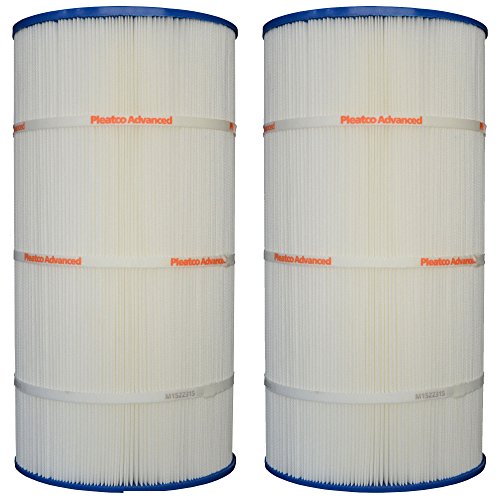Regular maintenance of your pool filter cartridge is essential for ensuring optimal filtration and water clarity. While commercial filter cartridge cleaners are readily available, you can also create effective homemade alternatives using household ingredients. In this article, we’ll explore several DIY pool filter cartridge cleaner recipes and methods to help you keep your pool filter cartridges clean and your pool water sparkling all season long.
Why Clean Your Pool Filter Cartridge?
Pool filter cartridges play a crucial role in removing dirt, debris, and contaminants from pool water, helping to maintain water clarity and sanitation. Over time, these cartridges can become clogged with debris, reducing filtration efficiency and potentially leading to cloudy water or algae growth. Regular cleaning of pool filter cartridges is essential to ensure optimal performance and prolong their lifespan.
Homemade Pool Filter Cartridge Cleaner Recipes:
- Vinegar Solution: Vinegar is an excellent natural cleaner that can effectively break down dirt, grease, and mineral deposits on pool filter cartridges. To make a vinegar cleaning solution, mix equal parts white vinegar and water in a large bucket or container. Soak the pool filter cartridge in the vinegar solution for several hours or overnight, then rinse thoroughly with clean water.
- Baking Soda Paste: Baking soda is another versatile household cleaner that can help remove stubborn stains and buildup from pool filter cartridges. To make a baking soda paste, mix baking soda with water until it forms a thick, spreadable consistency. Apply the paste to the surface of the filter cartridge and scrub gently with a soft brush or sponge. Rinse the cartridge thoroughly with clean water to remove any residue.
- Dish Soap Solution: Dish soap is effective at breaking down oils and grease, making it suitable for cleaning pool filter cartridges. Fill a bucket or container with warm water and add a small amount of mild dish soap. Submerge the filter cartridge in the soapy water and agitate gently to loosen dirt and debris. Rinse the cartridge thoroughly with clean water to remove any soap residue.
- Lemon Juice and Baking Soda Soak: Lemon juice contains citric acid, which can help dissolve mineral deposits and stains on pool filter cartridges. Combine lemon juice with baking soda to create a powerful cleaning solution. Mix equal parts lemon juice and baking soda to form a paste, then apply the paste to the filter cartridge and let it sit for several hours. Rinse the cartridge thoroughly with clean water to remove any residue.
Additional Tips for Cleaning Pool Filter Cartridges:
- Use a Pressure Washer: If stubborn debris or buildup remains on the filter cartridge, you can use a pressure washer to dislodge it. Use a low-pressure setting to avoid damaging the cartridge material, and work from top to bottom to ensure thorough cleaning.
- Rotate Cartridges: To extend the lifespan of your pool filter cartridges, consider having multiple cartridges on hand and rotating them regularly. This allows you to clean and dry one cartridge while the other is in use, ensuring continuous filtration and optimal performance.
- Regular Maintenance: Make a habit of cleaning your pool filter cartridges regularly, ideally every few weeks during the peak swimming season. This helps prevent clogging and ensures consistent water flow and filtration efficiency.
Conclusion:
Maintaining clean pool filter cartridges is essential for ensuring optimal filtration and water quality in your swimming pool. With these DIY pool filter cartridge cleaner recipes and methods, you can effectively remove dirt, debris, and stains from your cartridges using simple household ingredients. By incorporating regular cartridge cleaning into your pool maintenance routine, you can enjoy sparkling clean pool water and a more enjoyable swimming experience all season long.
